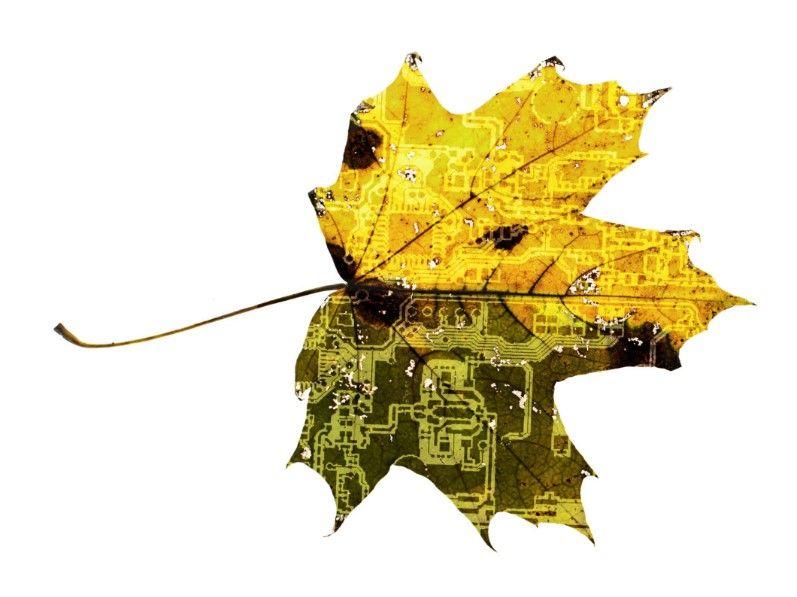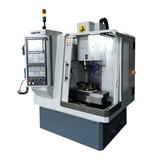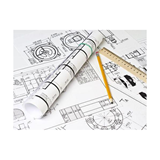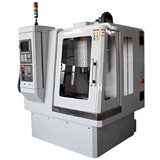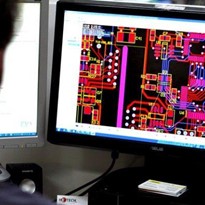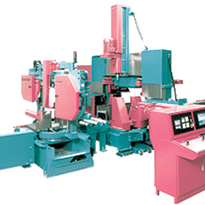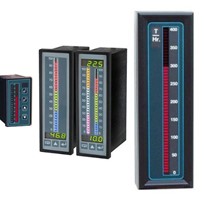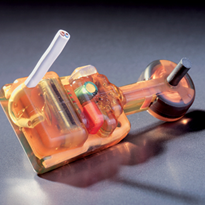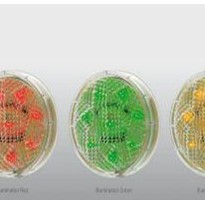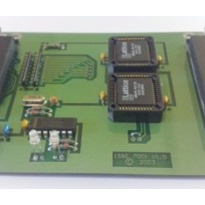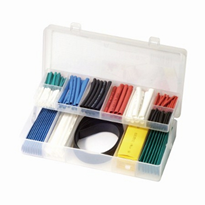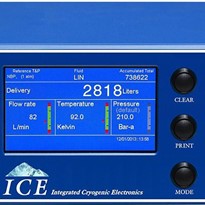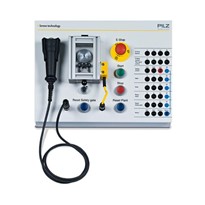Hetech is one of the electronics design and manufacturing companies that have taken this step by ensuring proper waste disposal, use of solar energy, and consideration of Design for the Environment (DfE).
What is DfE?
DfE is the process of investigating the potential environmental effects of a product and improving the product design to eliminate the possible impact. A product can harm the environment by consuming non-renewable energy or creating a hazardous by-product. The disposal of electronic products can deposit lead, mercury, nickel, and cadmium into water bodies. Recycling of electronic devices at the end of their lifecycle means less environmental pollution. DfE is also concerned with electrical products consuming less energy. Designing products for the environment leads to more efficient manufacturing and the use of cheaper products.
The lifecycle of a product through DfE includes three stages: production, consumption, and destruction.
1. Production
When efficient manufacturing processes are used in production, more sustainable products can be made. The use of the right materials is a big part of this phase. For instance, the thermoset plastic used in the production of a PCB is easy to recycle. However, contamination occurs in the manufacturing phase by adding components such as silicon and copper, which make it difficult to recycle. A reduction of the variety of materials used can reduce pollution, energy consumed, and the cost of production.
2. Consumption
Products are designed to use only enough power in its current state. This can be achieved by utilizing sleep modes, using batteries that lose energy slowly, combining functions in the integrated circuits, turning off segments of the circuit that are not in use, etc. Additionally, fewer toxic materials are released to the environment.
3. Destruction
At the end of their lifecycle, electronics must be thrown away, reused, or recycled. However, most electronics are not repairable, making them difficult to reuse. DfE eliminates the effect of this on the environment by recycling the components in factories to create new raw materials.
The benefit of these steps is that they reduce pollution on the environment, improve power consumption and efficiency, and reduce wastage.


